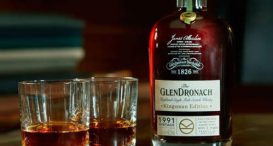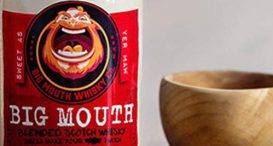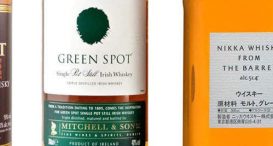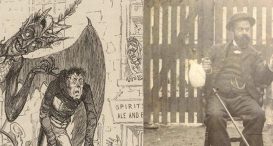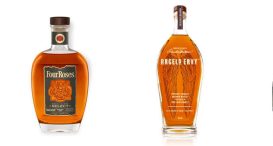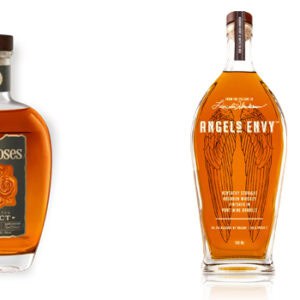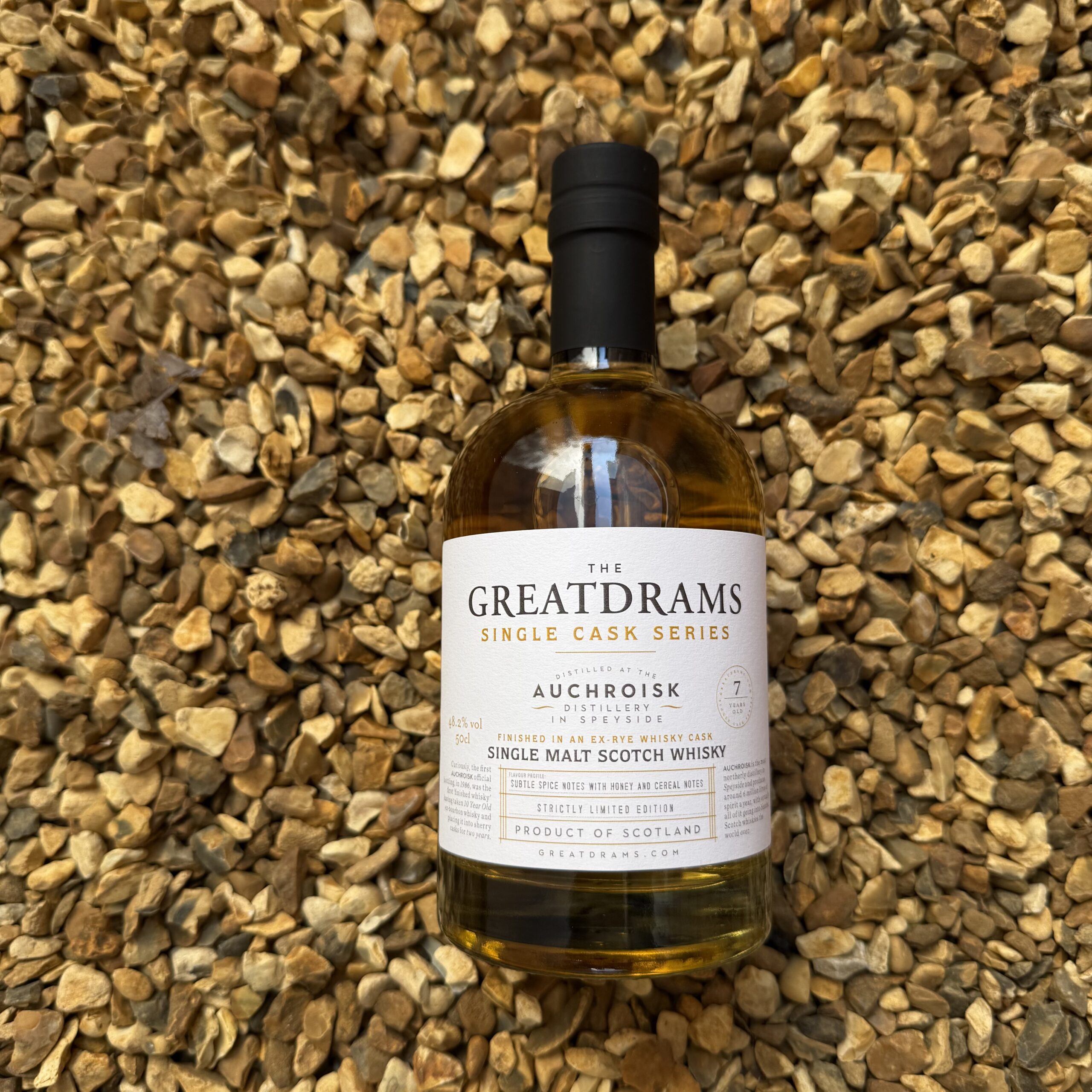Whisky 101
let’s begin
Love whisky but want to know more about it? We’ve got everything you need to know right here.
What is Whisky?
A distilled spirit made from water, grains and yeast. Scotch is whisky that has been made in Scotland. Bourbon, Rye and Grain and all types of whisky made with varying amounts of different grains in their recipes.Barley is most commonly used in Scotch, but rye, corn and wheat are also used.
Different countries have different regulations regarding the production of whisky, for instance in Scotland it has to be made at one distillery (unless it’s a blend) aged for a minimum of 3 years and bottled at 40% ABV or above.
There are several categories of whisky:
Single Malt
This is Scotch that is distilled and matured in one distillery, in Scotland, for a minimum of three years and a day. Legally it has to be made form only barley and water and in pot stills.
Single Grain
This is Scotch that contains more than one grain but is still distilled at a single distillery.
Blend
This is a mix of many different single malts and grains from many different distilleries, all blended together.
Blended Malt
This is a blend that is made of only single malts from different distilleries.
Blended Grain
This is a blend that is made of only single grain from different distilleries.
Where does the word “Whisky”come from?
The word we use today is the anglicise version of “uisgebeatha”, or“usquebaugh”, which means water of life in Gaelic. This language was spoken throughout Scotland and Ireland for a long time and many words from Gaelic are still used today.
There are two ways to spell whisky, with an E or without. The rule goes that if there is an E in the name of the country, then they will use an E to spell whisky. There is no definite way of knowing where this came from or why it became the norm, but there you have it!
How is whisky made?
Whisky typically goes through five different stages to reach the final product: Malting, Mashing, Fermentation, Distillation, Ageing.
Malting: Grains are soaked in water for 2-3 days and spread on a “malting floor” to germinate. Germination produces enzymes and starch that add flavour to whisky. Malting can take place over anything between 8 and 21 days, depending on theseason. The grains are repeatedly turned to ensure there is consistency. They are also dried in kilns. This is often when peated flavours are added to the grains as the kilns are fired by burning peat.
Mashing: This is when the grains are fully dried and ground into a powder called grist. Grist is then added to warm water in a mash tun.The enzymes convert starch into sugars in this mixture and the result is called wort.
Fermentation: Wort is added to a washbackand yeast is added to the mix. Fermentation takes place and alcohol is produced in the resulting reaction between the yeast and the starch.
Distillation: In order to separate the water and alcohol it is put through a process of heating and cooling. Alcohol evaporates at around 72 degrees and water at 100, so the alcohol is collected as it evaporates first. This is where copper pot stills are used, the most common kind of stills used in the whisky making process. In Scotland, the mix is distilled twice but in Ireland and certain American distilleries, the mix is distilled three times for extra smoothness.
Ageing: Distillation results in a New Make Spirit, which is whisky before it is aged. In order to legally be called and sold as whisky, it needs to be matured in barrels. Each barrel will have a certain level of char which imparts smoky flavours to the liquid. The most common types of barrels used for maturation are Bourbon and Sherry barrels, although lots of different types can be used. Ageing and maturation can last any number of years, but must be over three in Scotland.
Finishing: Some distilleries will transfer malt into another barrel in order to bring out or add a little bit more flavour. This is usually for a shorter period or time and in different casks to what was used for maturation. Not all whiskies are finished.
What is a blend?
A blend is a whisky made up of a combination of single malts and single grain whiskies. They are created by highly skilled Master Blenders and Master Distillers who have excellent tasting abilities.
The act of blending is literally the act of combining the whiskies, but it has to be done in a very specific way, otherwise the result will not taste so great. Blends also have to be consistent, which is difficult when mass producing them and that is why master Blenders have to be so well versed in whisky flavours.
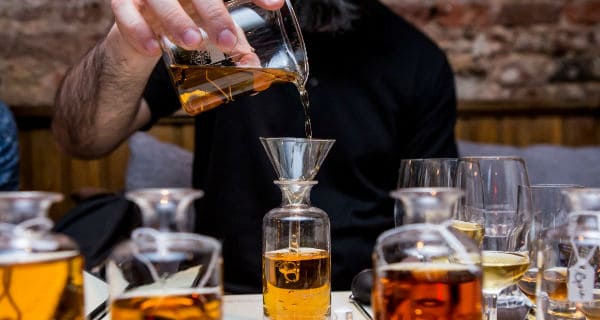
scotch regions
Unlike most other countries (with perhaps America as an exception for the “Kentucky” and “Tennessee” categories) Scotland is divided into whisky making regions. The region that a Scotch is made in will usually denote the flavour profile of the whisky, although this is not true for every single distillery.
Speyside
Speyside has around 42 working distilleries, making it the most distillery dense part of Scotland. It is in the northeast, in an area that is sometimes referred to as the Highlands, near the river Spey. It is home to some big names in Scotch, include in Glenfiddich, The Glenlivet, Aberlour and The Macallan.
Malts from Speyside tend to be lighter in body, with big sherry notes. There is plenty of spice and smoke but not so much meat. Fruity, sweet flavours also play a big part in the Speysde flavour profile.
Islay
There are eights distilleries currently on the isle of Islay, but there are more opening in coming years, including the rebirth of Port Ellen. It is not included in the Islands region because it has so many distilleries and because the malt made there is distinctively peated. Distilleries on Islay include Lagavulin, CaolIla, Ardbeg, Bruichladdich, Bowmore, Laphroaig, and Bunnahabhain.
Islay tends to have heavier malts, with lots of peat. Due to the small size of the island and the richness of the peat, there are a lot of sea side notes including seaweed, brine, iodine and salt in these malts.
Islands
Not everyone recognises the islands as a whisky region, often including them in the Highland region. There are several working distilleries on islands, including Jura, Arran, Talisker, Scapa, Highland Park and Tobermoray.
Similarly to Islay, island malts have heavier, peated flavours although the flavours are not as strong as with Islay malts. They are slightly lighter than Islay malts and the smoke is softer.
Highlands
The Highlands is the largest region geographically and includes distilleries such as Oban, Aberfeldy, The Dalmore and Glenmorangie. Malts from here have a broad range of flavours. They can be quite light bodied and floral, with sherry notes and lots of sweetness, or heavily peated with some seaside qualities.
Lowlands
The Lowlands is large geographically but only has four working distilleries, although there are new distilleries planned to open. Distilleries already operating here include Auchentoshan, Ailsa Bay, Glenkinchie and Bladnoch.
Lowland malts have lighter, more earthen flavours and are quite mellow in flavour. They are distinctly herbal and fresh.
Campbeltown
Once the most densely populated whisky region, Campbeltown has fallen off the whisky region radar in recent years. It was once known asthe Whisky capital of the world” but now it is only home to three working distilleries, Glen Scotia, Glengyle and Springbank, Campbeltown malts are similar to Islay malts and have lots of peat smoke and seaside notes. They are wonderfully complex and rich.




